ScootScience delivers deeper underwater analytics, starting with Grieg Seafood BC
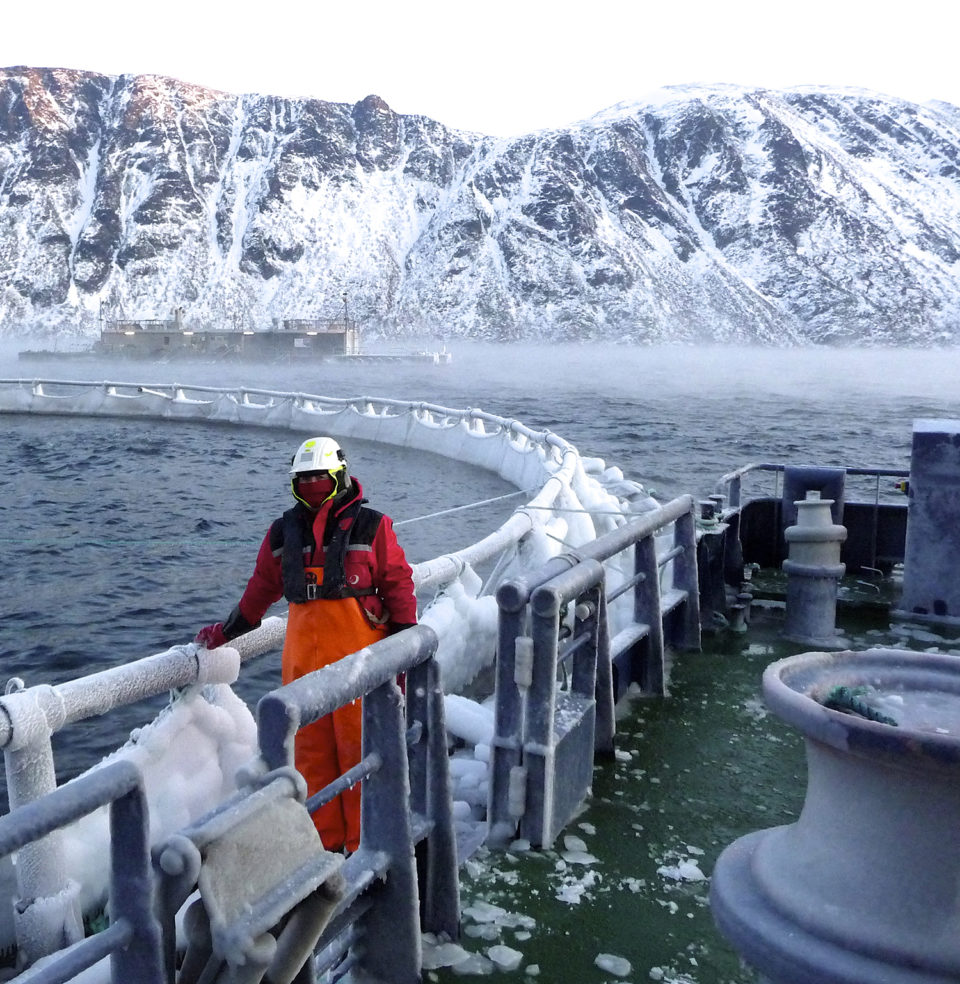
In 2018 Grieg Seafood BC lost $8 million of farmed salmon in 24 hours as a result of a harmful algae bloom in Jervis Inlet. The incident highlighted just how crucial environmental predictions could be in allowing the company to mitigate that massive loss.
“We knew we wanted to look at future predictability for changing conditions, have real-time information and look at the forecast trend for negative impacts to our farm sites,” Dean Tretheway, director of regulatory certifications and seawater production for the company, told the Advocate.
Eighteen months ago he reached out to ScootScience, a Santa Cruz, Calif.-based company specializing in data management, data visualization, analytics and forecasting. When Tretheway shared Grieg’s environmental data with them, ScootScience designed a dashboard that could deliver deeper analytics.
“We were really impressed when they created a digital interface for us, allowing us to see all our sites in real time, as well as the predictive abilities of oxygen levels, plankton species and temperature,” he said.
ScootScience was founded in 2013 and incorporated in 2017 but it wasn’t until January 2018 that the company had its first full-time employee, said Jon LaRiviere, CEO and co-founder. LaRiviere had studied geochemistry and climate, while his partner Evan Goodwin studied physical oceanography. The two combined their skills to bring data analytics common in ocean science to industry.
The ocean conditions are becoming new and different with a warming climate and all this will help farms work with their ocean observing data and insurance companies, to figure out how to navigate climate change.
“Farmers like Grieg have been monitoring temperature, salinity, oxygen and plankton for years,” said LaRiviere. “When they give us that data we unify it into one snapshot and bring in oceanographic data from buoys, ocean forecasting systems and models, remote sensing data from satellites and meteorological data from weather models. That gives them a complete picture of the ocean around their site.”
ScootScience also does analytics and forecasting, delivering an underwater weather forecast aimed at increasing farmers’ lead times for standard mitigation.
“We have a dashboard on our screens when we feed the fish so we can watch live conditions of the ocean and receive real-time information,” said Tretheway. “Whereas previously we would take one static reading per day on water oxygen levels, now we get a reading every 15 seconds and have an alarm-based system that notifies us when conditions are less than optimal. This allows us, for example, to turn on our compressors to help mix the deeper, cooler water up to the surface with the fish and reduce mortality.”
Tretheway noted there are 12 species of plankton that are harmful to the salmon and specific parameters that merge to make the potential for those plankton more predictable.
“When we see certain temperatures, salinity and other environmental conditions, we create a score that shows us the potential for increased risk, allowing us to turn on our mitigation equipment and take a precautionary approach,” he said.
Grieg can also examine how well their mitigation measures have worked in the past. “By going through the historical record and auditing past events, farmers can see which of their responses were most correct. So they get an assessment of their disaster response,” LaRiviere said.
His hope is that in the future, that data will allow producers like Grieg to approach their insurance companies with the actual risk profile of a particular site, its historical risk and how they have responded to those risks in the past.
“This will give fish farming groups the ability to maximize the coverage that insurers are able to take on for each dollar premium, which is critically important as companies navigate warming oceans from climate change,” LaRiviere said. “The ocean conditions are becoming new and different with a warming climate and all this will help farms work with their ocean observing data and insurance companies, to figure out how to navigate climate change.”
By next year Grieg Seafood BC plans to make this data available to the community at large, including First Nations tribes, universities and even activists, to foster more research and understanding about the coastal waters.
“Our hope is that it will give us a deeper understanding of climate change and the cyclical changes happening on our coast,” Tretheway said.
Follow the Advocate on Twitter @GAA_Advocate
Now that you've reached the end of the article ...
… please consider supporting GSA’s mission to advance responsible seafood practices through education, advocacy and third-party assurances. The Advocate aims to document the evolution of responsible seafood practices and share the expansive knowledge of our vast network of contributors.
By becoming a Global Seafood Alliance member, you’re ensuring that all of the pre-competitive work we do through member benefits, resources and events can continue. Individual membership costs just $50 a year.
Not a GSA member? Join us.
Author
-
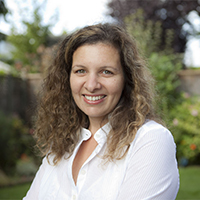
Lauren Kramer
Vancouver-based correspondent Lauren Kramer has written about the seafood industry for the past 15 years.
Related Posts
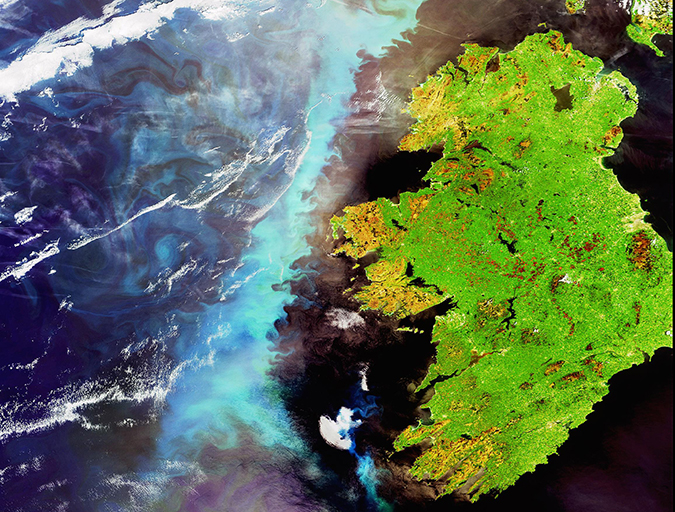
Innovation & Investment
Eye in the sky: Europe employs satellites to advance aquaculture
Copernicus – the European Space Agency’s €4.3 billion Earth Observation System – holds potential benefits for fisheries and aquaculture. The SAFI project is approaching the aquaculture sector about harnessing, and montetizing, this unique service from up above.
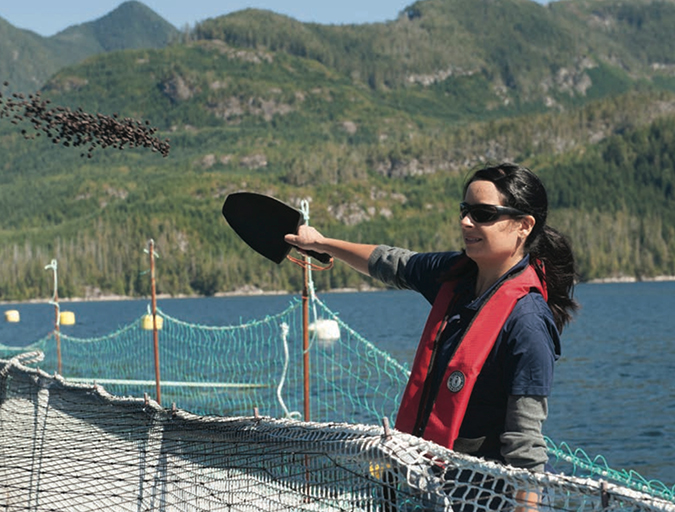
Responsibility
B.C. salmon farmers unveil sustainability report
The British Columbia Salmon Farmers Association releases its first annual Sustainability Progress Report as the Global Aquaculture Alliance hosts its GOAL conference in Vancouver, B.C. The group intends to share progress on environmental, social and economic impacts.
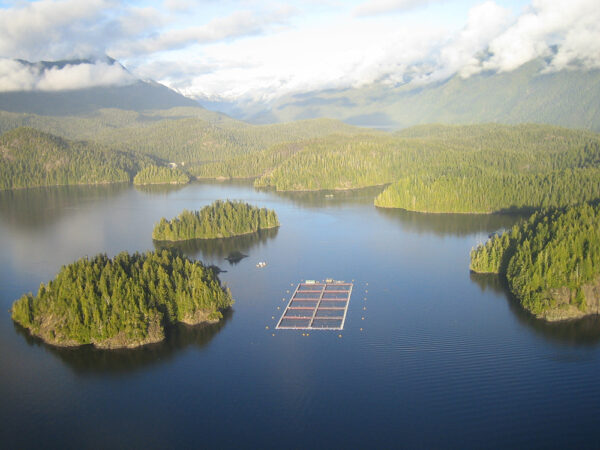
Intelligence
Canadian salmon farmers: ‘Leave us out of your shutdown’
The potential of a salmon-farming ban in Washington state is being monitored closely next door, in British Columbia, where many more salmon farms operate. But they’re not worried about a spillover effect.
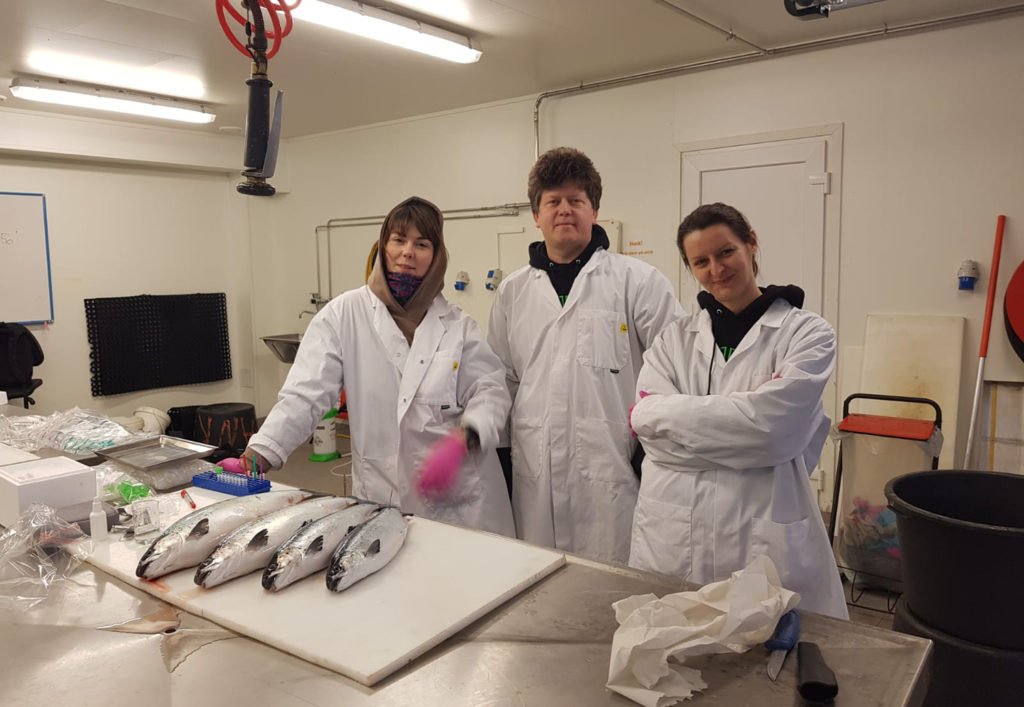
Health & Welfare
How can Norway defeat pancreatic disease in salmon? By detecting it faster.
Polish pathogen diagnostics group will soon launch a test system that can identify the costly pancreatic disease (and six others) in just 10 minutes.


